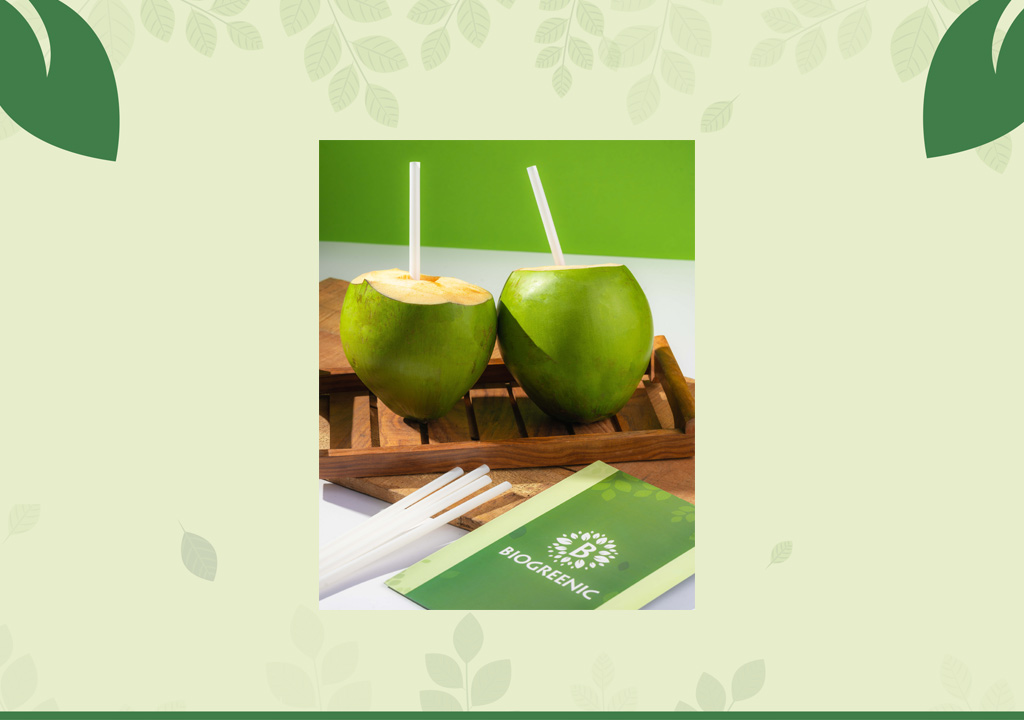PLA (polylactic acid) straws offer a biodegradable alternative to traditional plastics, starting from renewable resources like corn starch or sugarcane. Here’s a condensed journey of how a PLA straw goes from field to table.
Step 1: Sourcing Renewable Resources
PLA production begins with crops like corn or sugarcane, selected for their high starch content. These crops are cultivated sustainably, providing a renewable source for PLA.
Step 2: Extraction and Conversion
The harvested crops undergo processes to extract starch, which is then converted into dextrose. Microorganisms ferment dextrose into lactic acid, the building block for PLA.
Step 3: Polymerization into PLA
Lactic acid molecules undergo polymerization to form PLA resin. This resin is shaped into straws through melting, extrusion, and cutting processes, ensuring safety and quality for food use.
Step 4: Production of PLA Straws
Manufacturers mold PLA resin into straws, offering customization in color and texture. Advanced technology ensures durability suitable for hot and cold beverages.
Step 5: Distribution and Use
Packaged PLA straws reach various businesses and consumers worldwide, used in restaurants, events, and homes. Their biodegradability makes them a popular eco-friendly choice.
Step 6: End of Life and Sustainability
At the end of their lifecycle, PLA straws can be composted under industrial conditions, minimizing landfill waste and environmental impact. Proper disposal supports sustainable waste management practices.
Conclusion
The journey of a PLA straw—from renewable resources through sustainable production to compostable end-of-life is a testament to eco-friendly innovation. By choosing PLA straws, consumers and businesses contribute to a cleaner environment and promote sustainable living practices. This journey underscores the potential of biodegradable alternatives in reducing plastic pollution and advancing towards a circular economy.








